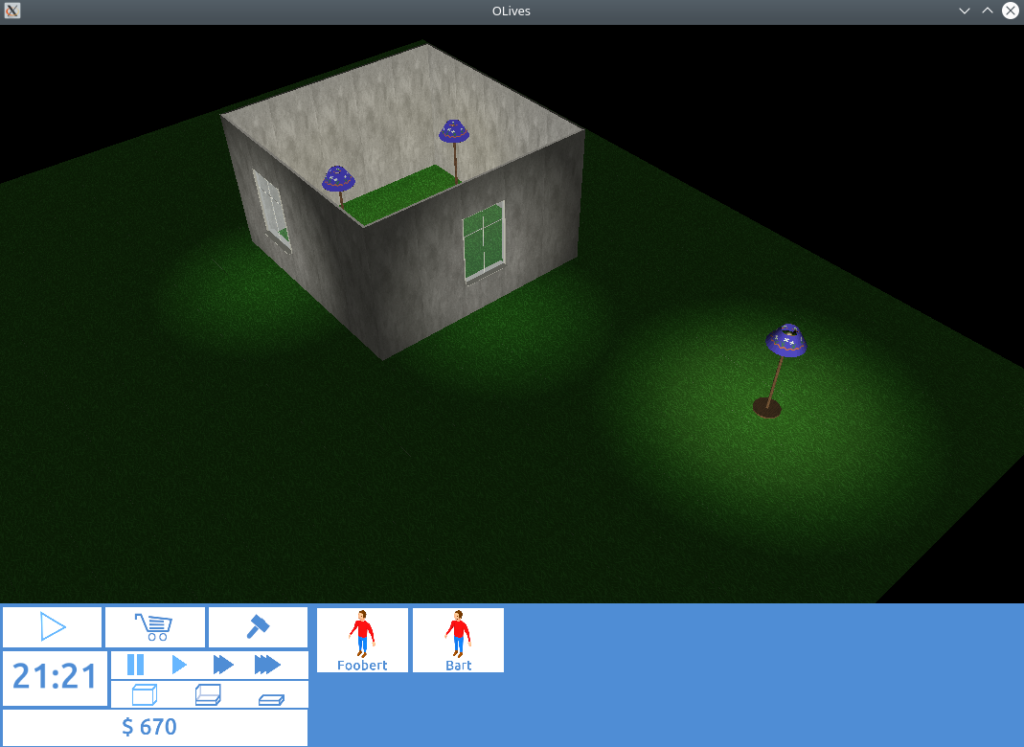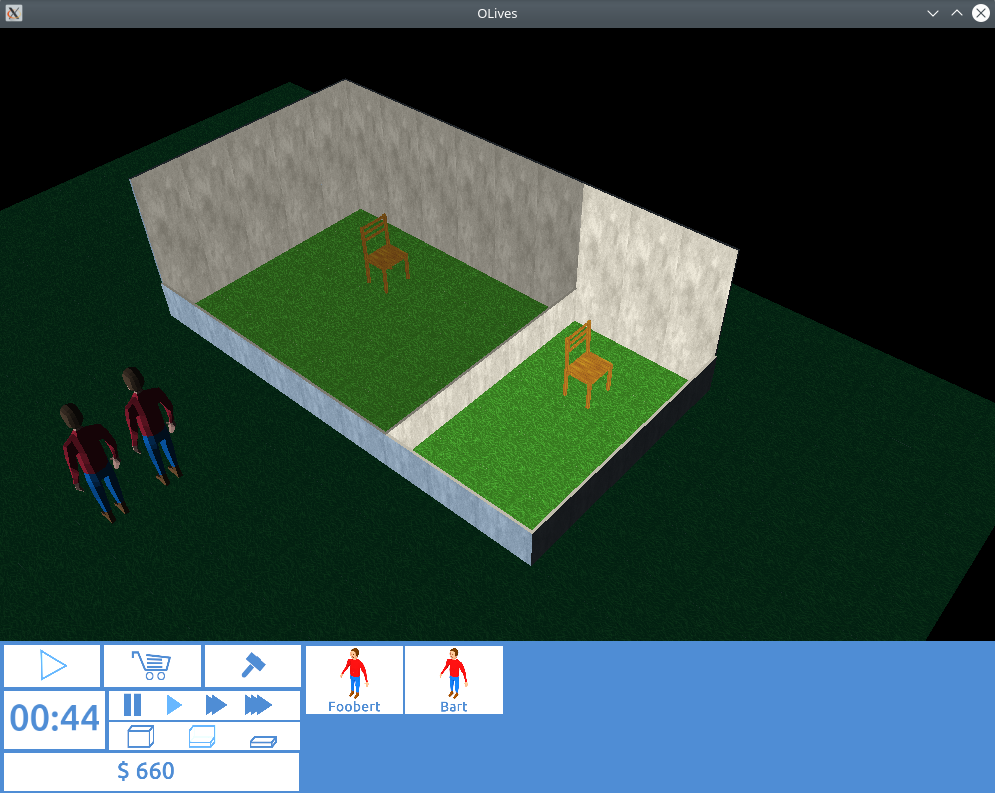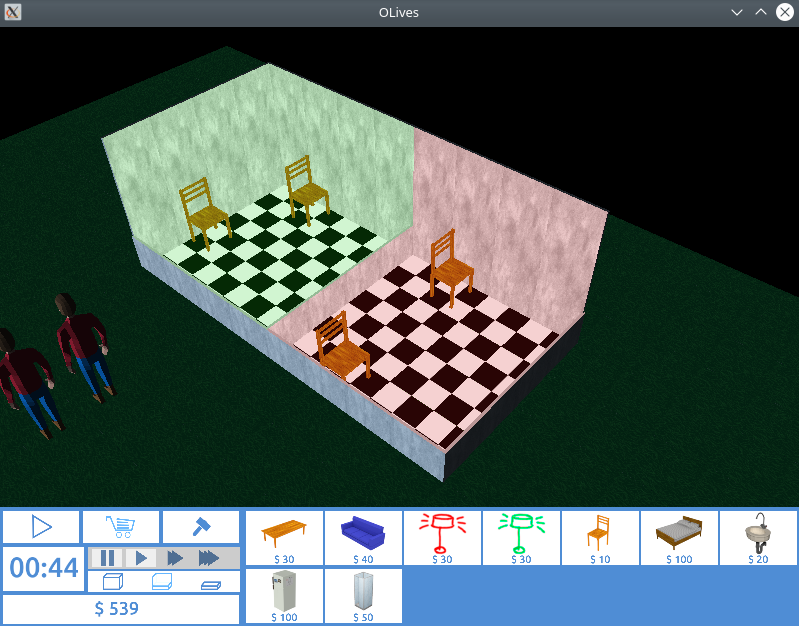– Fix race conditions when drawing placement markers that regularly caused validation errors (or even crashes)
– Replace marker state hash and wall state hash calculation with a simple increment as it is only called after actually changesResolves #50, #49
Relates to #52
Hi! Yet another low-key change that has a big impact: no more random crashes (or warnings) when placing walls due to the build marker code doing some funny things when synchronising the draw commands.
There are some other issues which may be due to similar race conditions, but I’ll get to that at some other point, this was definitely the worst example for this problem, making building walls for testing purposes a bit of a gamble.
While doing that I also finally got around to replace two over-complicated and not necessarily reliably working (build markers and walls) hash functions with a simple increment.
Since either recalculation only ever gets triggered after actual state changes there is no harm done here, in fact it greatly simplifies the code, so, yay!
Next up are more visible changes again, which is also good for my motivation. Byeee.







